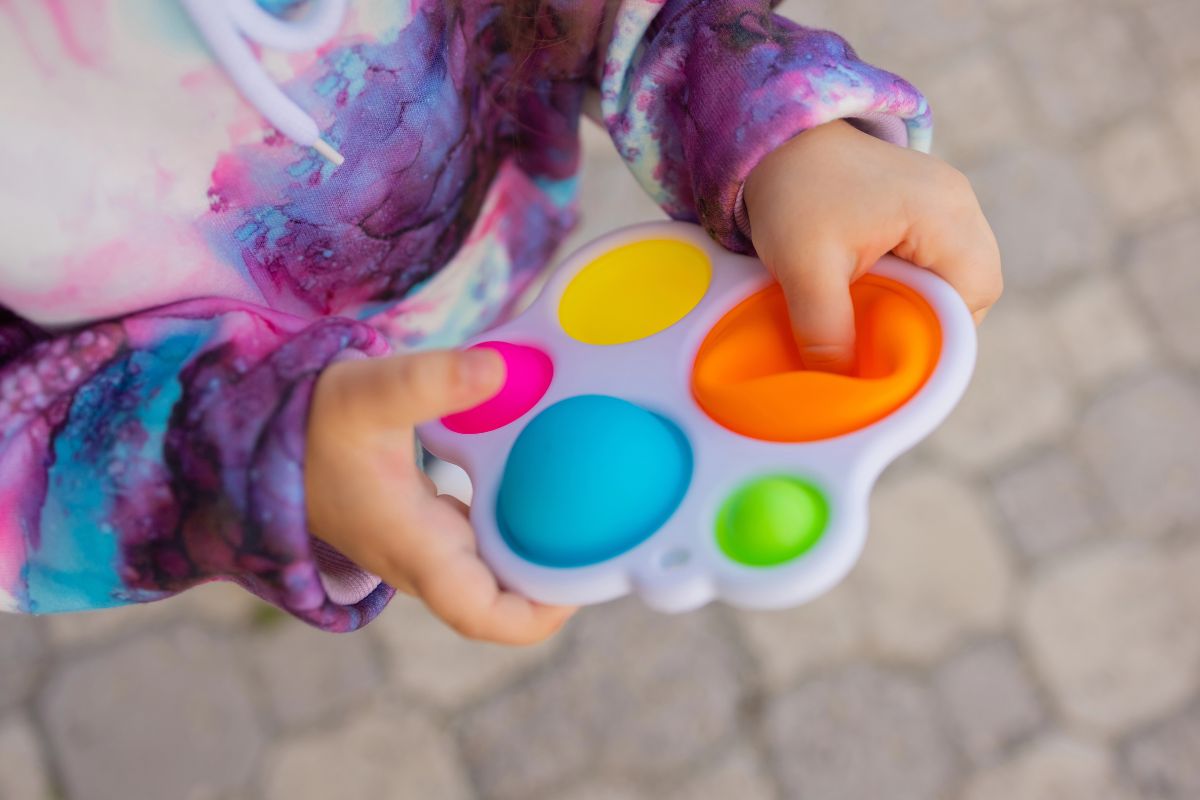Key Takeaways
- Reinforcement is a core part of ABA therapy, motivating learners to engage, practice, and build new skills.
- Rotating reinforcers prevents loss of interest, keeping each motivator fresh and effective over time.
- Therapists select reinforcers through observation, caregiver input, and structured preference assessments.
- A balance of familiar favorites and new options creates a dynamic learning environment that adapts to the learner’s needs.
The Role of Reinforcement in ABA Therapy
In ABA therapy, reinforcement is one of the most important tools for encouraging growth and building new skills. A reinforcer can be anything that motivates a learner to engage with a task, from a favorite toy to verbal praise, a short game, or even a snack. But even the most exciting reinforcer can lose its impact if it’s used too often. When something is repeated without variation, its novelty fades, and so does its effectiveness. This is why ABA therapists make it a priority to keep a wide variety of reinforcers available and to rotate them regularly.
Why Variety Matters for Motivation
Rotating reinforcers is not just about adding fun to a session — it’s about preserving the power of motivation. Over time, when a learner is given the same reward repeatedly, they may become less interested in it. This natural decline in excitement is known as satiation. Once a reinforcer loses its appeal, it becomes less effective in encouraging the target behavior. By switching out reinforcers and introducing new or slightly different options, therapists can keep engagement levels high and maintain the learner’s enthusiasm for participating in therapy activities.
How Therapists Choose and Rotate Reinforcers
The process starts with understanding what the learner values most. Therapists conduct preference assessments, gather insights from caregivers, and pay close attention to the learner’s reactions during sessions. This ongoing observation helps identify both long-time favorites and emerging interests. Once a selection is established, therapists create a sort of “reinforcer library” — a collection of items, activities, and experiences that can be rotated in and out of use. For example, if a learner enjoys playing with bubbles, that might be used in one session, but in the next, the therapist might swap in a musical toy, a sensory bin, or a short turn with a favorite game.
Balancing Familiar Favorites with New Options
The goal is to keep each reinforcer feeling special. Sometimes this means putting a highly preferred item aside for a few days or weeks so that when it reappears, it feels fresh and exciting again. This doesn’t mean taking away what a learner loves permanently — instead, it’s about balancing familiarity with novelty so that the reinforcement plan remains strong over time. Even small changes can have a big impact, such as offering a different flavor of a favorite snack, presenting a toy in a new way, or moving the activity to a different part of the therapy space.
Adapting to Changing Needs in Real Time
Rotating reinforcers also allows therapists to adapt to changing circumstances. A learner’s mood, energy level, and even the time of day can influence what they find motivating. What works in a morning session might not be as appealing in the afternoon. By having a variety of options ready, therapists can adjust in real time, ensuring that motivation stays high throughout the day.
Keeping Learning Fresh and Engaging
This approach benefits more than just engagement during therapy. It helps create a learning environment that feels dynamic and responsive, where the learner is encouraged to try new things and remain open to change. By maintaining a balance between well-loved favorites and fresh alternatives, therapists help ensure that reinforcement remains a powerful, positive tool for learning.
A Practice Rooted in Respect for the Learner
At its core, rotating reinforcers is about respecting the learner’s individuality. It’s a way of saying, “We see what excites you, and we’re going to keep that excitement alive.” This thoughtful and intentional practice keeps therapy sessions productive, enjoyable, and tailored to the learner’s needs — which is exactly how progress is made.
FAQs
Why don’t therapists just use the same favorite reinforcer every time?
Overusing a single reinforcer can cause it to lose its appeal, a process called satiation. Rotating motivators keeps them effective and exciting for the learner.
How do therapists know which reinforcers will work best?
Therapists use a combination of observation, preference assessments, and caregiver input to identify what the learner finds most motivating at any given time.
Do reinforcers have to be toys or snacks?
Not at all. Reinforcers can include activities, sensory experiences, special privileges, or social praise — anything that meaningfully motivates the learner.


